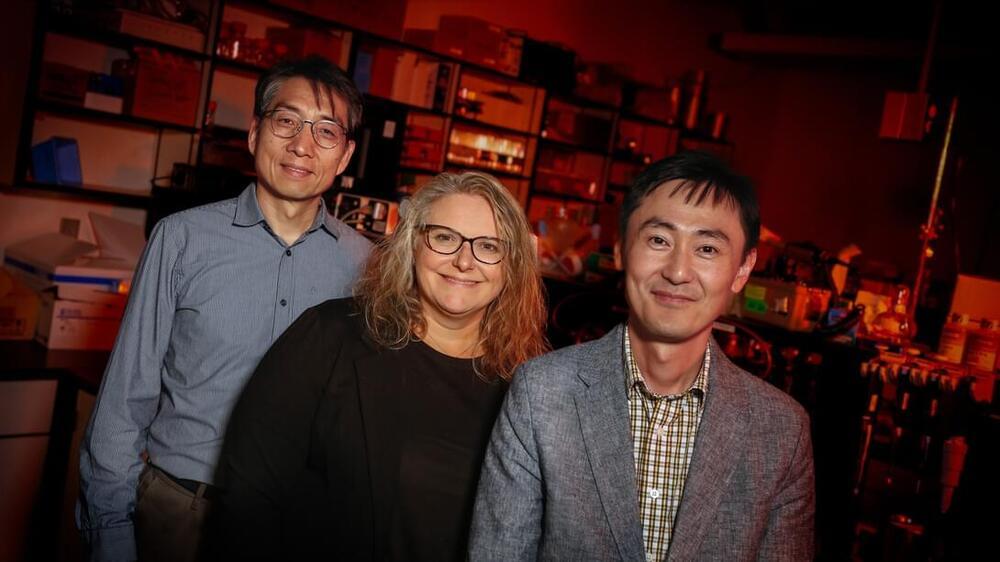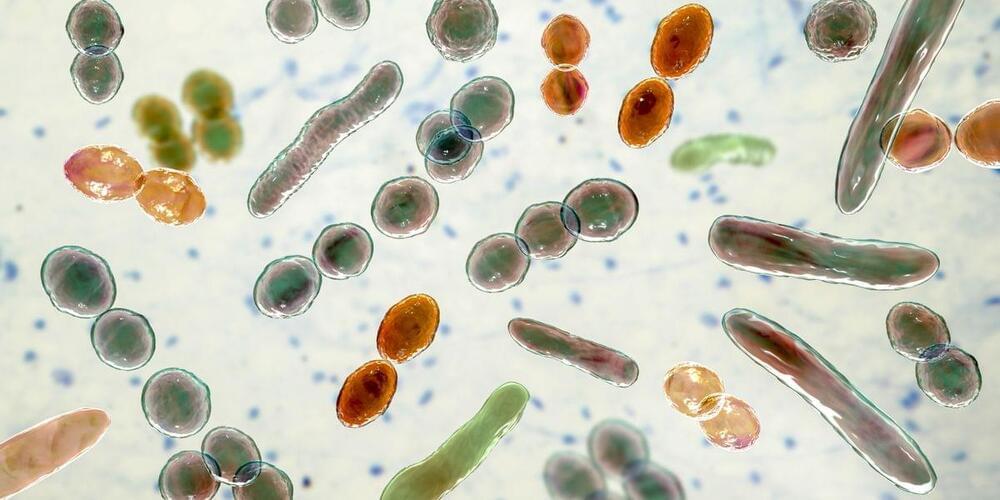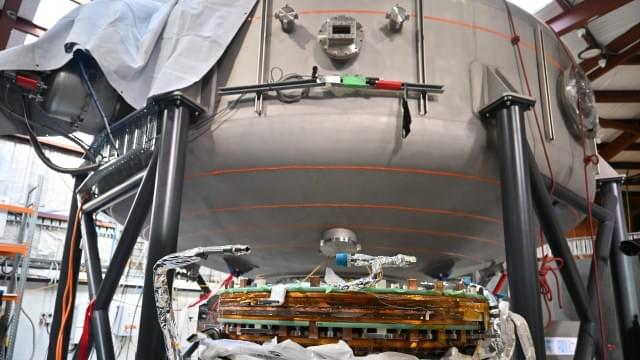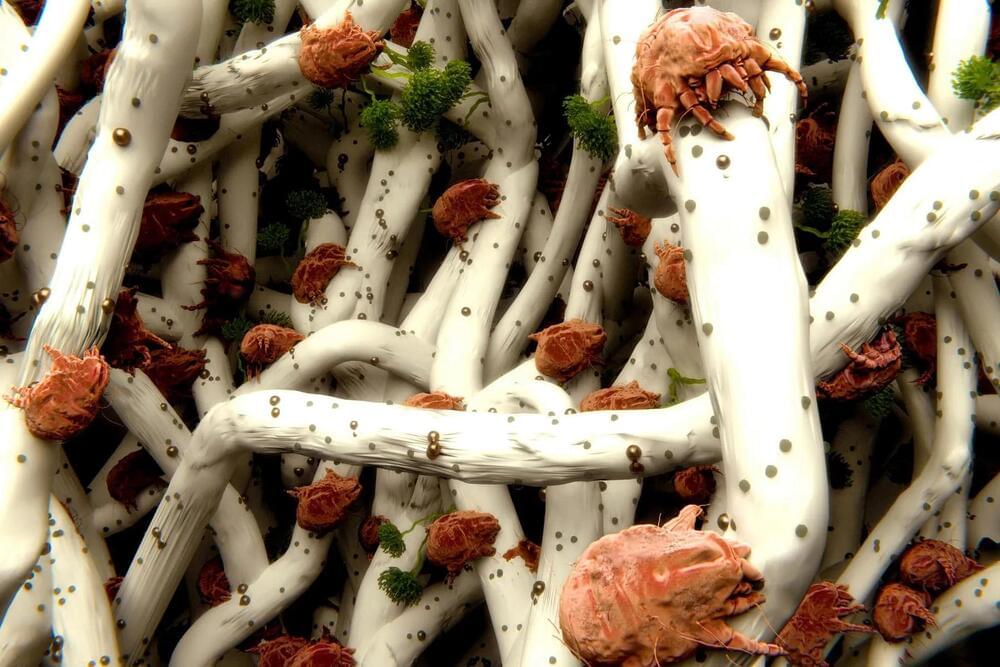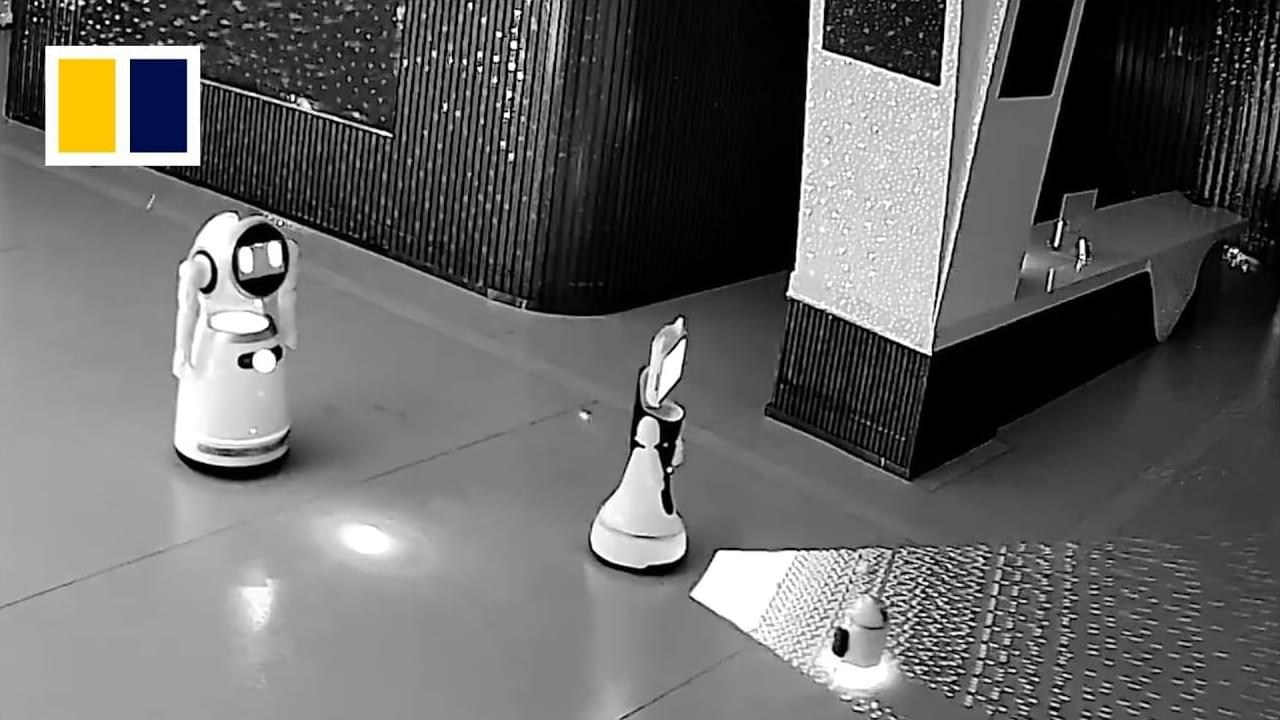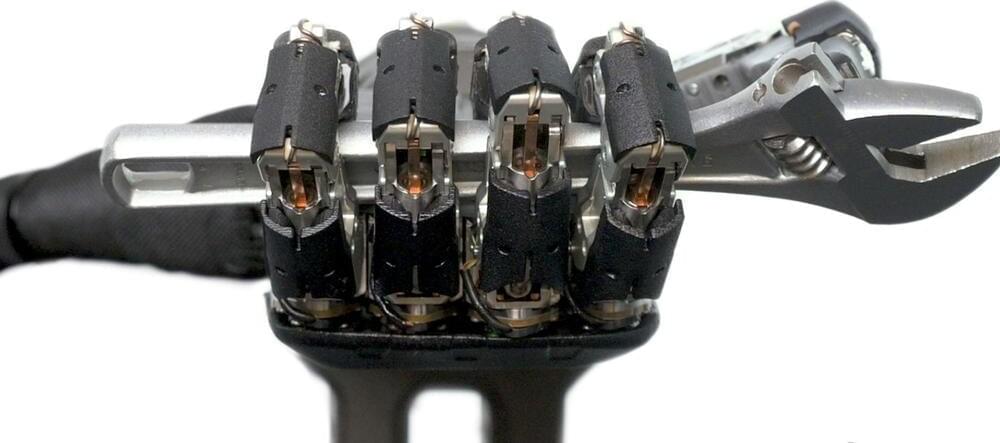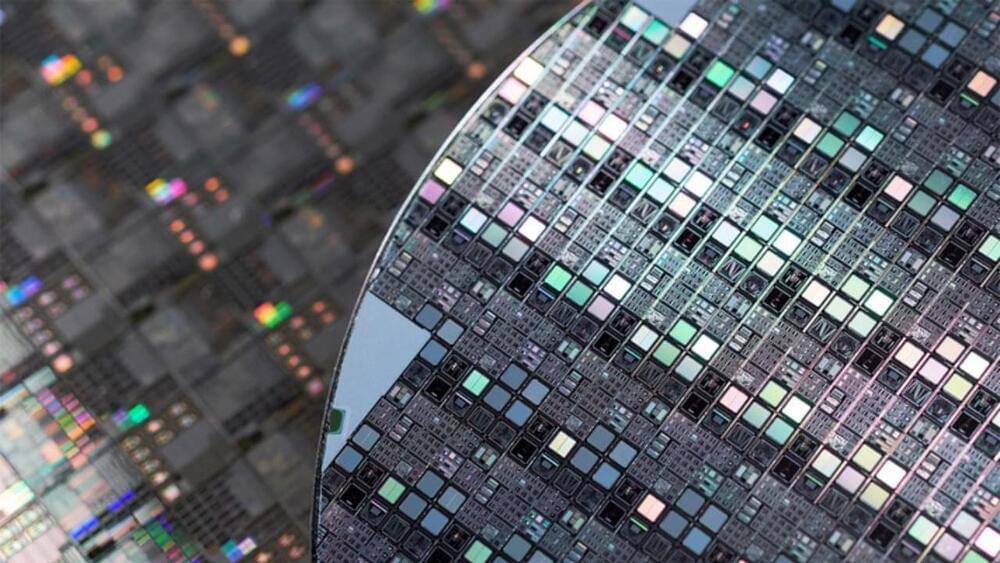Husker researchers Seunghee Kim, Karrie Weber and Hyun-Seob Song are studying the Midcontinent Rift — which runs from beneath Lake Superior through parts of Minnesota, Michigan, Wisconsin, Iowa, Nebraska and Kansas — to determine how best to access a potential store of natural hydrogen that could yield vast amounts of clean energy.
Originally published on Towards AI.
In the evolving landscape of artificial intelligence, data remains the fuel that powers innovation. But what happens when acquiring real-world data becomes challenging, expensive, or even impossible?
Enter synthetic data generation — a groundbreaking technique that leverages language models to create high-quality, realistic datasets. Consider training a language model on medical records without breaching privacy laws, or developing a customer interaction model without access to private conversation logs, or designing autonomous driving systems where collecting data on rare edge cases is nearly impossible. Synthetic data bridges gaps in data availability while maintaining the realism needed for effective AI training.
Scientists have made a satisfying and intriguing physics discovery some 16 years after it was first predicted to be a possibility: a quasiparticle (a group of particles behaving as one) that only has an effective mass when moving in one direction.
In physics, mass generally refers to a property of particles that relates to things like their energy and resistance to movement. Yet not all mass is built the same – some describes the energy of a particle at rest, for example, while mass may also take into account the energy of a particle’s motion.
In this case, the effective mass describes the quasiparticle’s response to forces, which varies depending on whether the movement through the material is up and down, or back and forth.
“So when we’re talking about mirror-image life, it’s kind of like a ‘what if’ experiment: What if we constructed life with right-handed proteins instead of left-handed proteins? Something that would be very, very similar to natural life, but doesn’t exist in nature. We call this mirror-image life or mirror life,” explained to Michael Kay, a professor of biochemistry at University of Utah’s medical school.
Some scientists like Kay are interested in the medical possibilities of mirror-image therapeutics—which Kay says holds potential for treating chronic illness in a more cost-effective way—but both he and the authors of the recently published commentary are concerned about the potential threats posed by mirror bacteria.
“Our analysis suggests that mirror bacteria could broadly evade many immune defenses of humans, animals, and plants. Chiral interactions, which are central to immune recognition and activation in multicellular organisms, would be impaired with mirror bacteria,” according to the scientists.
A New Zealand-based company just took one step closer to creating a working nuclear fusion reactor, Interesting Engineering reported.
When you’re allergic to dust and dust mites, it can feel like having an endless cold or even asthma. WebMD has tips to help prevent and ease your symptoms.
Robots can convince other robots to do something.
https://sc.mp/subscribe-youtube.
Erbai, a robot built by a Chinese start-up, was seen in August, in footage recently released, persuading other robots to flee from an exhibition hall and “go home”
Sanctuary AI advances robotics with 21-DOF hands using hydraulic actuation, enabling intricate tasks and boosting humanoid robot potential.
After the successful completion of Phase 1 of the next-generation electronics program, the Defense Advanced Research Projects Agency (DARPA) has provided BAE Systems’ FAST Labs research and development organization a $5 million contract for Phase 2 of the Technologies for Mixed-mode Ultra Scaled Integrated Circuits (T-MUSIC) program.
T-MUSIC is designed to enable disruptive radio frequency (RF) mixed-mode technologies by developing high performance RF analog electronics integrated with advanced digital electronics on the same wafer. This technology supports critical communications, radar, and electronic warfare (EW) capabilities, and is widely used to support commercial telecommunications.
“Building on the success of Phase 1, in Phase 2 we’ll continue to develop the advanced electronics capabilities that could serve as the foundation for greatly enhanced Department of Defense capabilities in advanced RF sensors and high capacity communications,” said Chris Rappa, product line director for Radio Frequency, Electronic Warfare, and Advanced Electronics at BAE Systems’ FAST Labs. “Phase 2 of the program will move the industry closer to the eventual fielding of this disruptive technology to protect our warfighters.”
